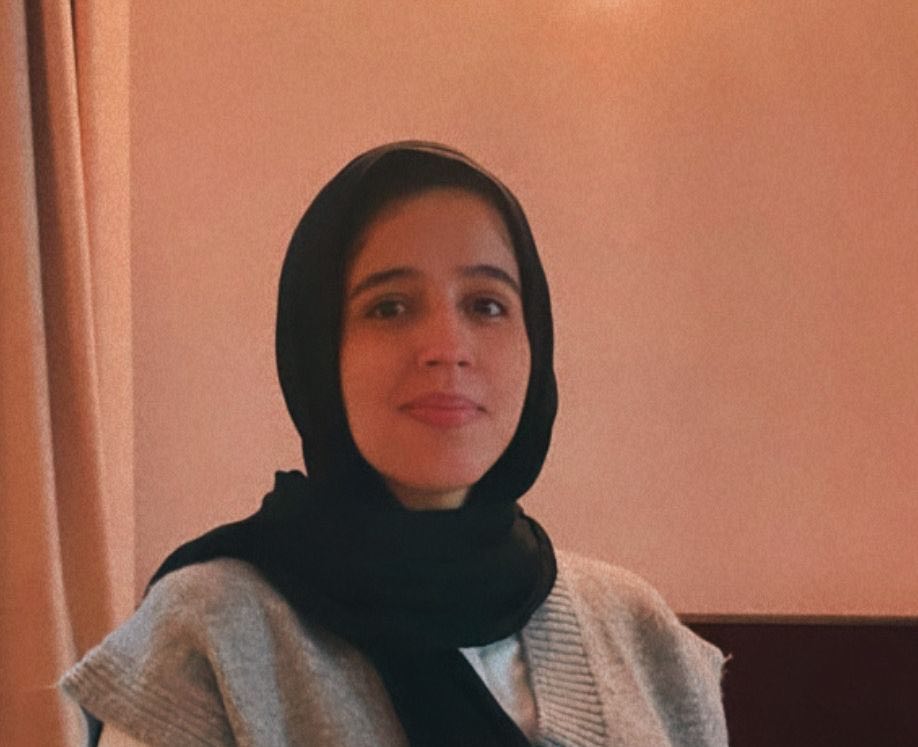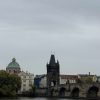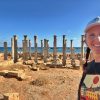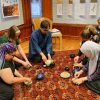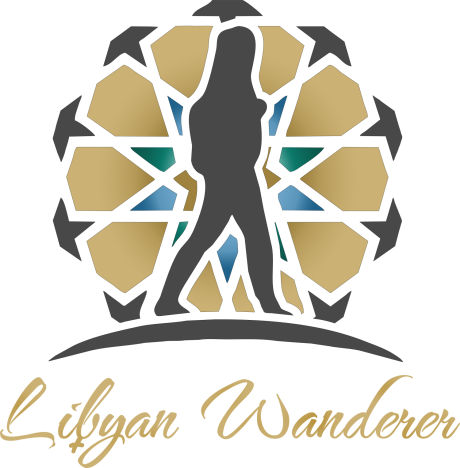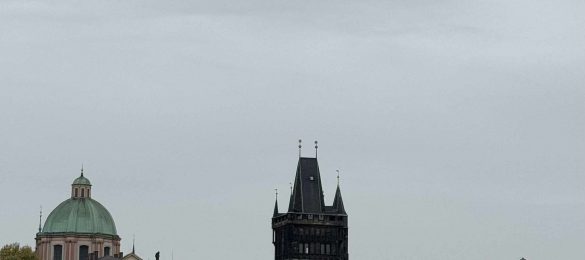Eid al-Adha is the last of the two Islamic holidays celebrated worldwide each year, and considered the holier of the two. It honours the willingness of Ibrahim to sacrifice his son Ismael as an act of obedience to God’s command. Before Ibrahim could sacrifice his son, however, God provided a lamb to sacrifice instead.
Eid rituals are almost the same around Libya. However, I decided to highlight the rituals in Houn city because it is a city full of surprises, beauty, and peace. People in this city cherish traditions and they make sure to keep them alive throughout the year! Houn is an oasis town in the northern Fezzan region of southwest Libya. The town is the capital of the Jufra District.
I have never been there but I got to know people originally from it and they are full of life and hope which made me want to visit it badly. In these days, we are celebrating Eid Al-Adha and I wanted to write about this day but did not want to make it generic and dull. I wanted to choose a special place in Libya and I instantly thought of Houn!
Eid Al-Adha is celebrated by . The majority of Libyans celebrate it the same way but it depends on family traditions or even regions from east to south or west. Houn is an oasis located in the southeast of Libya. This city is full of surprises and people treasure their traditions dearly.
Usually Eid is celebrated for three days in which we have endless BBQs with the family. However, in this piece, I will explain to you the traditions friends from Houn told me about. They have a special dish called Shouka, dried meat (which we call Gideed and it is made by all families in Libya) but shouka is made of marinated meat from the sheep and they have to take the hard part of the palm tree and they put this mixture in it. The number of shouka is not specific and each family member must have their own.
After Eid prayer, they prepare henna to put it on the front of the sheep’s head and this tradition is done also by the Amazigh. Grandmothers would do this step then they start the Eid rituals until Aser prayer. It depends on how many sheep the family has and the number can be over five as families gather together to celebrate it. At around 11 am, after they finish the first sheep or so, they have breakfast with grilled Liver and green tea with Tanour bread.
The lunch is called ”glaya” and it is a thick meat gravy which I mentioned earlier. Back in the days, they would cut the sheep into pieces in the second day of Eid (the picture to the right) but now, with hot and long summer days, they would finish everything in the first day. Eid’s meat as it is called ”Lahmit El-Eid’‘, it is a part taken from the sheep’s thigh and stored to be used weeks after Eid is over in a family gathering.
The second day, in the morning, they would have the usual food then they would do the BBQ and on the third day, they would cook meat Tajin. While on the fourth day, families would grill the head of the cheap until the meat is completely cooked with the usual dishes they had in the first two days. Meat is consumed a lot during this celebration but the lovely thing is the gathering of family members and kids enjoying their time together. There is something special around Eid in Houn is that it can last for over three days. Most families in Houn spend it in their farms and all family members of each family would gather on this day so they prefer to spend as long as they can together.
Special thanks to my friends, Areej and Sara, from Houn on providing these information in order for me to write this piece.
